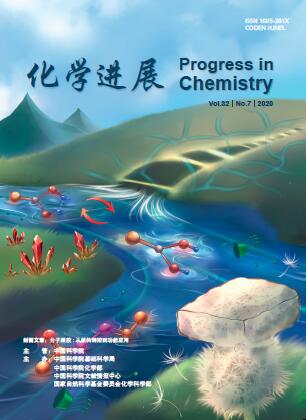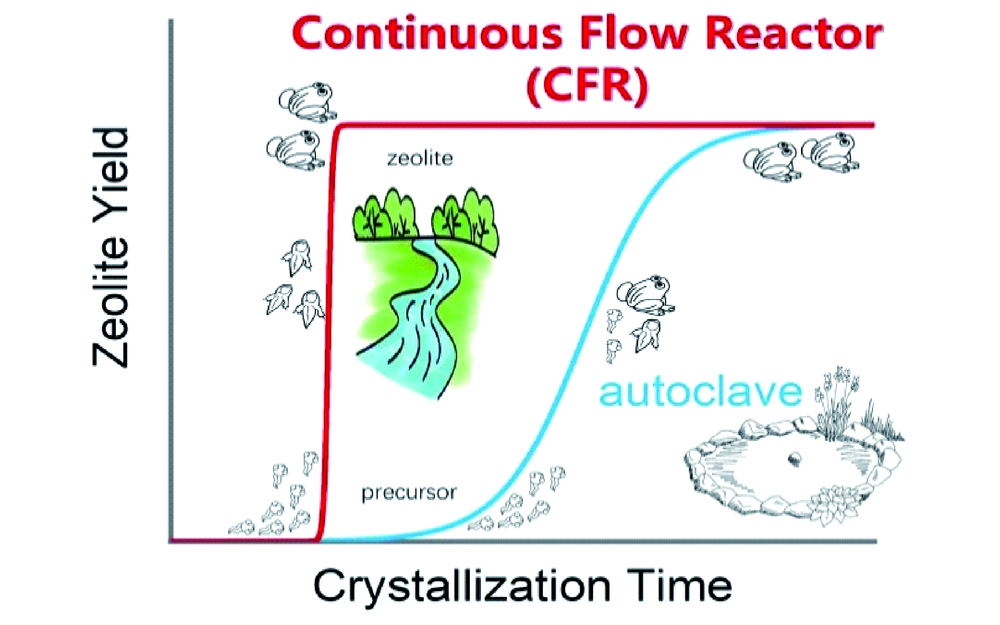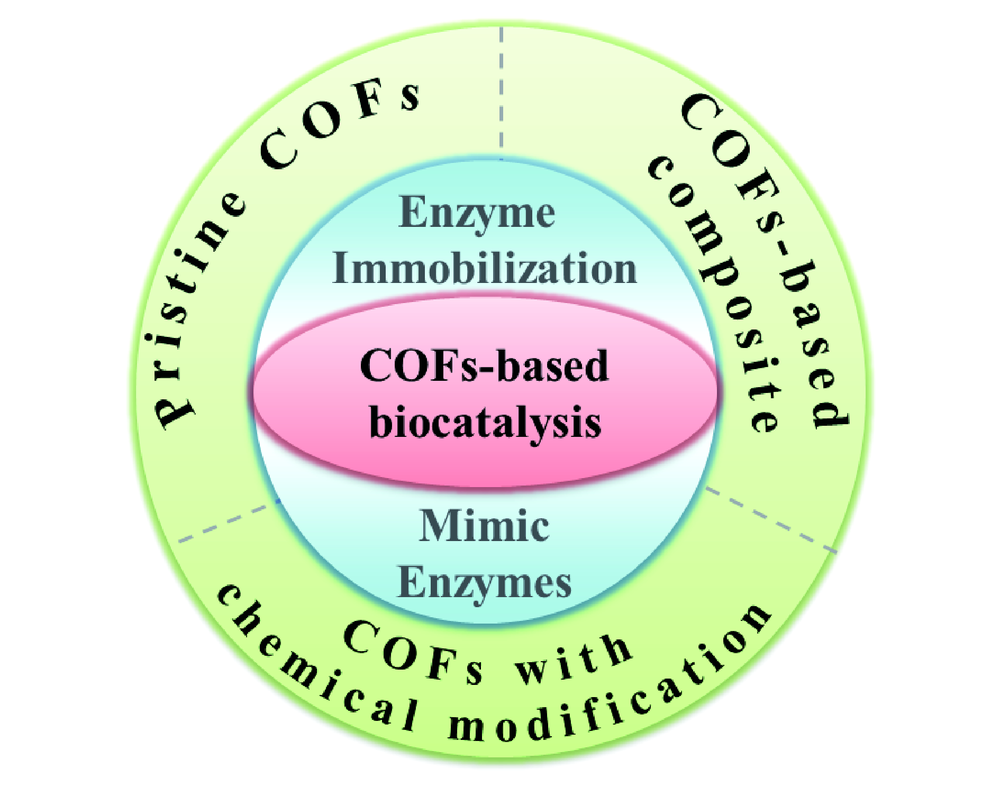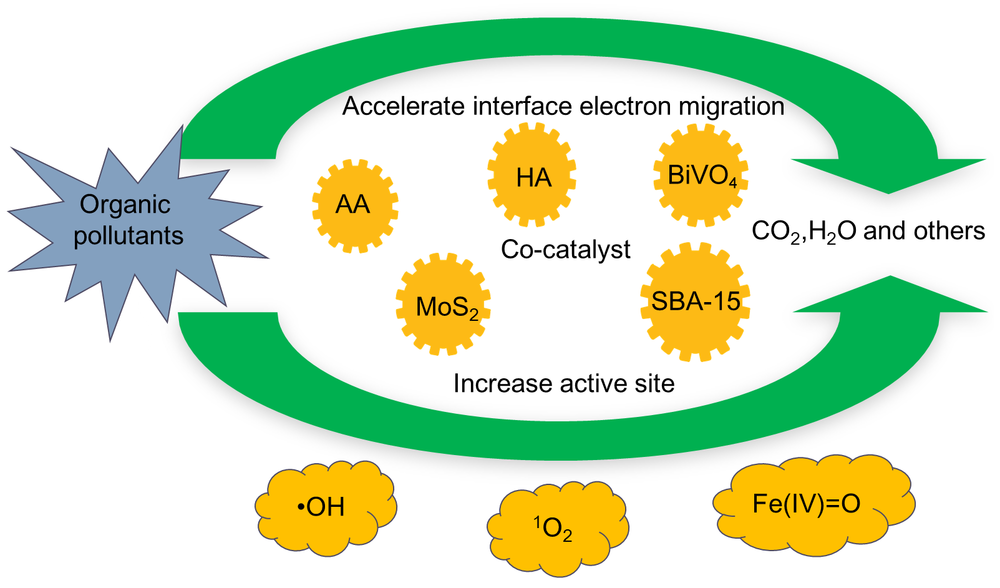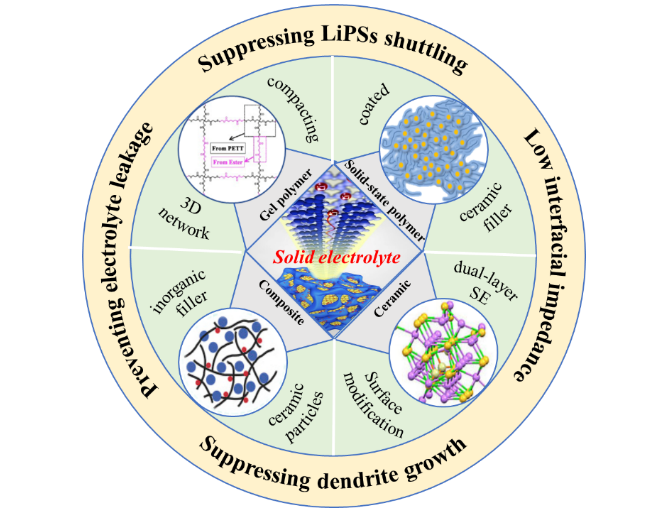Xiangli Chen, Kaiqiang Liu, Yu Fang. Molecular Gels: From Structural Regulation to Functional Applications[J]. Progress in Chemistry, 2020, 32(7): 861-872.
As a typical kind of soft materials, molecular gels have attracted increasing attention during the last few decades owing to their great potential in the applications including biomedicals, soft electronics, controlled growth of organic crystals, water purification, and preparation of 3D printing materials, micro-/nano-materials, high-density energetic materials, etc. It is believed that the main focuses of molecular gel research include: 1) increasing the efficiency of structural modification, 2) extending the functionality of molecular gels, and 3) promoting the real-life applications of molecular gels. In this feature review, we introduce the progress of molecular gel research with dynamic covalent bonds-based molecular gels, controlled growth of organic crystals in molecular gels and soft template-based preparation of high-performance porous polymeric materials as the main contents. In addition, a brief prospect for the future development of molecular gel research is provided.
1 Introduction
2 Dynamic covalent bond-based gels
2.1 Acylhydrazone bond-based dynamic gels
2.2 Boronate ester bond-based dynamic gels
3 Controlled crystal growth in molecular gels
3.1 Organic semiconductor crystals
3.2 Metallic crystals
4 Molecular gels-based template preparation of porous polymeric materials
4.1 Cholesteryl derivatives-based gel emulsions as templates
4.2 Other compounds-based gel emulsions as templates
5 Conclusion and outlook





